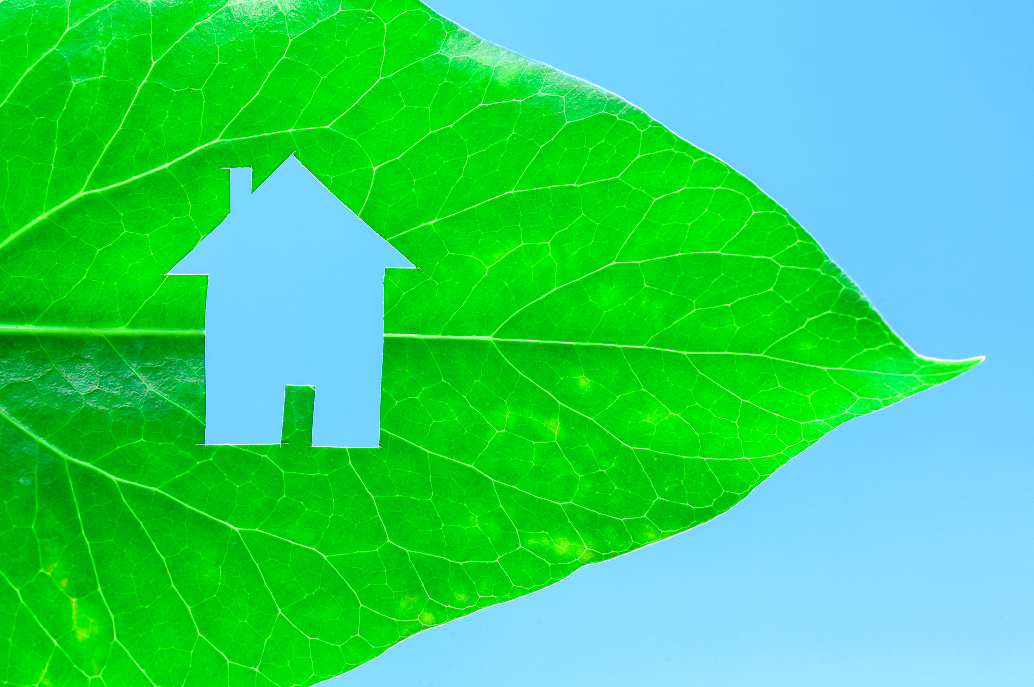
The atmospheric concentration of carbon dioxide has been increasing ever since tracing records of the level of this gas in the atmosphere started in 1958, and Charles Keeling’s research was among the first ones to prove it. Since then, scientists have been monitoring its levels and warning of the danger the Planet is facing. But today, in numerous places around the world, scientists analyzing the data notice something else: a decrease in atmospheric carbon dioxide concentrations, as a result of the global economic slowdown caused by the COVID-19 pandemic. Because the curve showing the degree of intensity of this gas in the atmosphere has never shown a sudden change before, the importance of the reflection of the first economic crisis in this area is evident.
Around 3 billion people live under restrictions at the moment, due to pandemic. Airlines have grounded their planes, cars are used less, and factories are reducing or completely shutting down their production. All this is, in a way, a global environmental experiment whose execution would otherwise be impossible. Some of its short-term results are already noticeable; clear water is flowing through the canals of Venice, the sound of birds singing in the center of London can be heard as traffic noise is reduced significantly. At the same time, a drastic reduction in air pollution has made the blue sky above Delhi visible again. Experts say the Planet has taken a break, but also warn that it is too early to celebrate, as what awaits us after the lockdown is crucial.
Short-term forecasts are somewhat easier to make – establishing working from home principle in companies, reducing travel rates, closing restaurants and bars, and canceling sporting events all contributed to a reduced energy consumption rate. On the other hand, governments are in the process of creating a recovery package that will shape societies and economies in the near and further future. It is for this reason that these plans need to be aligned with the medium- and long-term priorities and objectives defined in international agreements. These agreements can serve as a compass for staying on track to ensure that the economy is aligned with climate goals, as well.
At the same time, recovery packages can also accelerate the transition to sustainable economies. By making the energy transition a part of the focus of the recovery process, Governments can take the additional step towards a healthy, prosperous and sustainable future, and be an example of applying effective action to all individuals.




